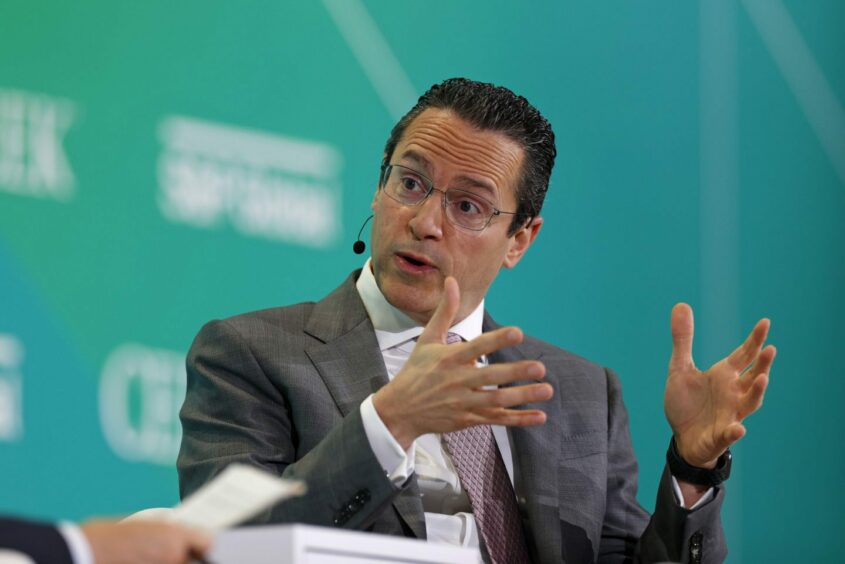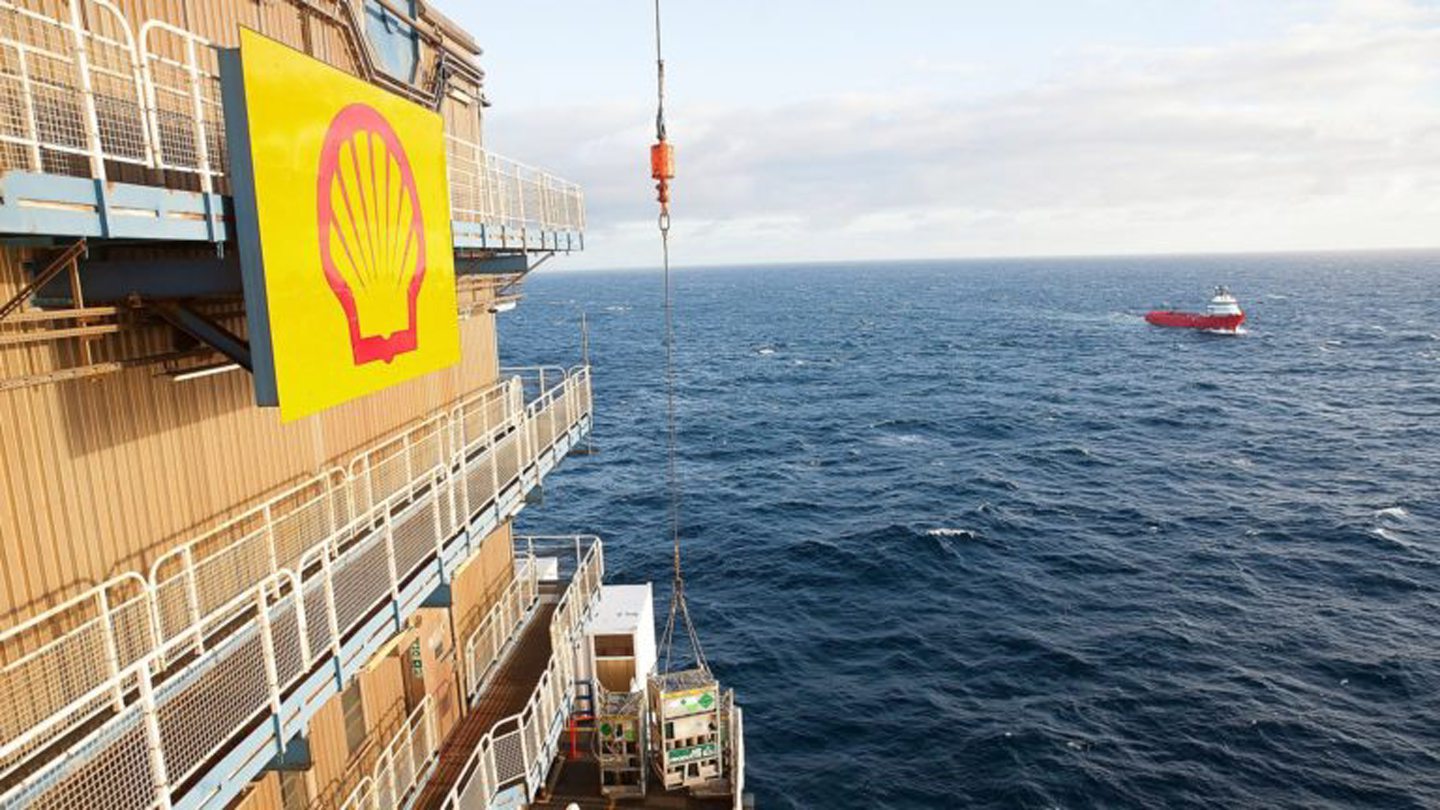
Shell (LON: SHEL) will increase its dividend per share by 15% in the second quarter of the year and reduce spending elsewhere as part of CEO Wael Sawan’s Capital Markets Day pitch in New York.
London-listed Shell said total shareholder distributions are being increased to 30-40% of its cash flow from operations (CFFO), up from 20-30% previously.
It will also deliver buybacks of at least $5bn for the second half of 2023, subject to board approval.
Meanwhile capital spending elsewhere is being reduced.
Previously guided as $23-$27bn for 2023, Shell said this will reduce in 2024 and 2025 to $22-25bn, while annual operating costs will be structurally reduced by $2-3bn by the end of 2025.
Shell also set out a target to reduce underlying operating costs between $2bn and $3bn by 2025.
Shares were flat on the day following the announcement.
Upstream investment extended, ‘selective’ investment in hydrogen and CCS
Shell said last year it would spend £20 – £25bn in the UK energy system over the next decade, in areas including offshore wind, hydrogen and carbon capture.
It’s not clear how this latest spending change will impact those plans, but the firm said it will continue to invest in providing secure supplies of energy, while working to reduce carbon emissions.
This includes investing in “hydrogen and carbon capture and storage (CCS) in a disciplined manner”.
Shell has already pulled out of the Northern Endurance Partnership development for CCS in the UK in April to focus instead on Acorn in Aberdeenshire.
The firm said it plans to invest $10-15bn across 2023-2025 to support development of low-carbon energy solutions including biofuels, hydrogen, electric vehicle charging and CCS.
Areas of growth include “extend(ing) its advantaged position in Upstream” oil and gas, where it will “achieve cash flow longevity by stabilising liquids production to 2030”, and its Integrated Gas business, maintaining its global LNG position.
It will also build “leading positions” in low carbon fuels and electric vehicle charging, and selectively invest in power.
Emissions
Shell said it is making “good progress” towards becoming a net zero emissions business by 2050.
The FTSE 100 firm recently faced down a shareholder revolt at its AGM, backed by 20% of shareholders, to set climate reduction targets for 2030.
As part of Capital Markets Day plans, Shell said it is seeking to achieve near-zero methane emissions by 2030 and eliminate routine flaring from its Upsrream operations by 2025 – ahead of the World Bank’s Zero Routine Flaring 2030 initiative.
Mr Sawan said: “We need to continue to create profitable business models that can be scaled at pace to truly impact the decarbonisation of the global energy system.
“We will invest in the models that work – those with the highest returns that play to our strengths.”
Capital Markets Day
At a presentation today, Sawan will give investors their deepest view yet on how he will execute his vision for the company: to give better returns to shareholders and close the valuation gap with companies like Exxon Mobil Corp. and Chevron Corp.
To achieve that, Sawan is expected to boost dividends and pivot back toward the fossil fuels that drove record profits last year.
Derren Nathan, head of equity research at Hargreaves Lansdown, said: “Shell’s share price has more than doubled from the lows seen in the pandemic, but at just over 6x this year’s earnings, management still see the valuation as attractive enough to commit a further $5bn slug to repurchasing the shares.
“The combined buyback/dividend payout target of 30-40% means that there is likely to be more to come. Shell stands by its net-zero emissions target for 2050, but that’s a long way out and doesn’t mean it won’t be producing hydrocarbons at that time.
“It has made some meaningful nearer term pledges including the elimination of gas flaring at its wells by 2025, but there will be some disappointment that oil production is set to remain at current levels out to at least 2030.
“Its also planning to invest $10-15 billion across 2023 to 2025 into low-carbon energy solutions including biofuels, hydrogen, electric vehicle charging and carbon capture solutions. But long term the increasing focus on pay-outs to shareholders is going to restrict the amount of capital available for investing in new technologies and that could make the pivot away from oil and gas more challenging.”

 © Supplied by Shell
© Supplied by Shell